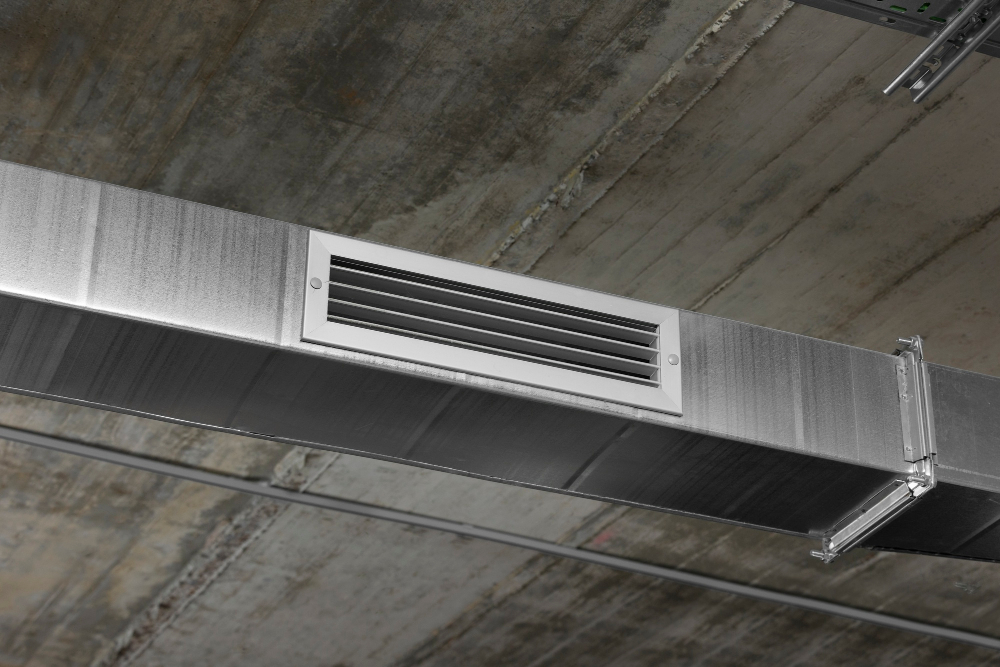In modern building management, comfort and efficiency go hand in hand. Whether it’s a commercial office, a hospital, a school, or a residential complex, maintaining the right indoor temperature is critical for productivity, well-being, and energy savings. Achieving this balance has become easier than ever thanks to HVAC automation systems - intelligent technologies that deliver precise temperature control while optimizing energy use.
Understanding HVAC Automation Systems
HVAC automation systems integrate heating, ventilation, and air conditioning equipment with sophisticated sensors, controllers, and software. These components work together to monitor environmental conditions and adjust heating or cooling output automatically. Unlike traditional manual systems that require constant human intervention, HVAC automation reacts in real time, making micro-adjustments to keep temperatures exactly where they should be.
This precision doesn’t just create a more comfortable space - it also minimizes energy waste, extending the life of HVAC equipment and lowering operational costs.
The Core Mechanisms of Precise Temperature Control
Precise temperature regulation through HVAC automation systems is achieved by integrating several innovative technologies and control strategies:
1. Advanced Sensing Technology
Modern HVAC automation relies on a network of temperature sensors placed strategically throughout the building. These sensors continuously feed data to the central control system, detecting even small fluctuations in temperature.
For example, in an office with large windows, sensors can detect heat gain from sunlight in the afternoon and automatically increase cooling in that area without overcooling other spaces.
2. Zoning Capabilities
Zoning divides a building into separate climate-controlled areas, each with its thermostat and sensors. HVAC automation systems use zoning to deliver heating or cooling only where it’s needed.
In a multi-floor commercial building, for instance, conference rooms, lobbies, and private offices can all have different temperature setpoints. This not only keeps occupants more comfortable but also avoids wasting energy on unoccupied or low-priority zones.
3. Variable Air Volume (VAV) Systems
Many automated HVAC systems use Variable Air Volume technology, which allows the airflow to each zone to be adjusted based on current demand. By varying the air supply rather than simply switching equipment on or off, the system maintains a more stable temperature with less energy consumption.
4. Integration with Building Management Systems (BMS)
When HVAC automation is connected to a Building Management System, it can work in harmony with lighting, security, and other building controls. This integration enables advanced scheduling and occupancy-based adjustments.
For example, if the BMS detects that a meeting room will be used at 2:00 PM, it can pre-condition the space to the desired temperature ahead of time, ensuring comfort as soon as occupants arrive.
5. Occupancy-Based Control
Many HVAC automation systems use motion sensors, door sensors, or data from access control systems to detect whether a space is occupied. If no one is present, the system can slightly relax temperature settings to save energy, then return to optimal comfort levels when occupancy resumes.
6. AI and Predictive Control
The latest HVAC automation solutions leverage artificial intelligence to predict temperature needs before they happen. By analyzing historical climate data, weather forecasts, and occupancy trends, AI-driven systems can preemptively adjust temperature settings, preventing discomfort and reducing sudden spikes in energy use.
Benefits of Precise Temperature Control
The advantages of precise temperature control go far beyond comfort:
Enhanced Productivity: Comfortable indoor environments help occupants focus and perform better, whether in a workplace, classroom, or healthcare setting.
Energy Savings: Avoiding overcooling or overheating directly reduces energy bills.
Equipment Longevity: Smooth, gradual adjustments put less strain on HVAC components compared to frequent on/off cycling.
Sustainability: Lower energy consumption means reduced carbon emissions, supporting environmental goals.
The Future of HVAC Automation and Precision Control
Future systems will likely integrate more advanced AI, adaptive learning algorithms, and predictive analytics. They may even connect with wearable devices or smartphone apps to tailor temperatures to individual preferences.
In addition, improved integration with renewable energy sources will allow automated HVAC systems to optimize temperature control while using cleaner power - making buildings both smarter and greener.
Final Thoughts
Precise temperature control is no longer a luxury; it’s a necessity for modern buildings aiming to deliver comfort, efficiency, and sustainability. HVAC automation makes this possible by combining intelligent sensors, zoning, predictive controls, and integration with other building systems.
By adopting HVAC automation systems, building owners and facility managers can ensure optimal comfort for occupants while maximizing operational efficiency and reducing environmental impact. The result is a win-win: a better indoor experience for people and a smarter, more sustainable building overall.





Comments